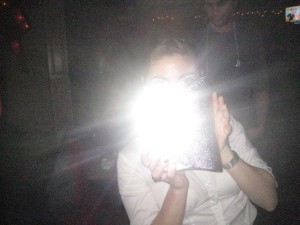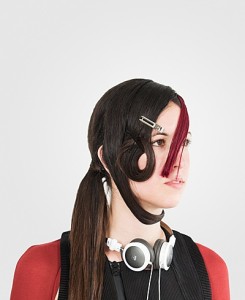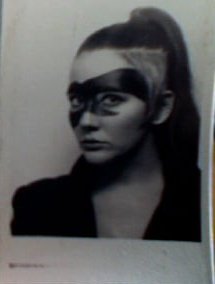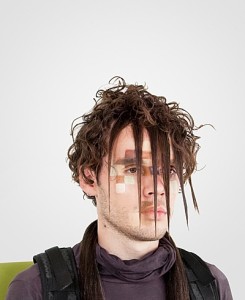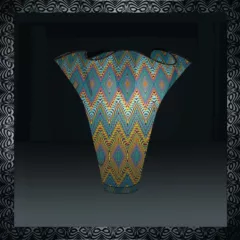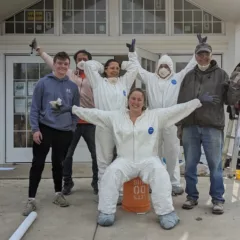by Corey Armpriester
(ED. NOTE: THIS POST BY COREY ARMPRIESTER WAS ORIGINALLY PUBLISHED APRIL 18, 2011. It was referenced in this Bloomberg Businessweek article on August 8, 2019.)
Surveillance will find you, and artist Adam Harvey’s CV Dazzle is the antidote, providing a kind of camouflage with makeup and hair–makeup and hair specifically used to protect against automated face detection and recognition systems. The term Dazzle refers to the type of camouflage paint design used on military ships during War World I, created by British artist Norman Wilkinson who coined the term “dazzle painting”; CV refers to computer vision (the eye). Look! It’s a bird; it’s a plane, no- it’s a satellite archiving the bone structure of your face. Never fear- CV Dazzle is here to save the day, seriously. Borrowed identities once reserved for the underground fringe now has a place in your life. This is the ticket into the invisible class–men, women and children deleting themselves from the digital eye. In our telephone conversation Adam Harvey said he has been working on this project for a little over a year; CV Dazzle is a work in progress and you can view the CV Dazzle effect on his website.
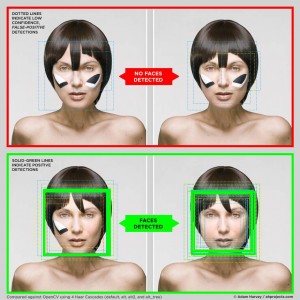
CA- Why did you become an artist? What were the influences in your life that lead you to this?
AH- That’s kind of a hard question. Sometimes it may be art and sometimes it may be an experimental project. I am doing projects that are supposed to be art projects but some of them fail to do that but others do succeed and in the end, it’s up to the audience to look at it and judge it to their criteria. I’ve always been interested in photography and that’s been a big influence on the work that I do.
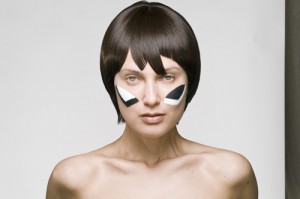
CA- Why did you move to New York City?
AH- I can remember a turning point one year when we were taking a family vacation and I bought a magazine and the magazine was full of pop culture and that was something I had never seen before and I can remember that as a decisive moment when I was a kid. I realized that there was this whole world out there that I hadn’t seen growing up in the country [i.e. the Poconos] and I was really curious about it. Ever since I was a kid I wanted to live here in New York.
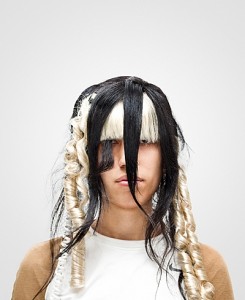
CA- Is CV Dazzle a personal protest?
AH- You can think of it like that, I actually staged other activist events against surveillance; I was always interested in protesting the state of surveillance, I would consider this a type of protest but when you put it that way, I think it turns a lot of people off.
CA- Are surveillance cameras being used for reasons other than what we are being told?
AH- There have been a few accounts where people have abused the system; police officers have used it for voyeuristic activities that I’ve read about. I not sure anyone knows exactly where all the footage goes.
CA- When is it appropriate to CV Dazzle oneself?
AH- A lot of people take photos at night at parties and they end up on line. My question was is there any way to avoid having these party photos from being picked up on search engines, for example, Google’s image search has face detection face recognition systems.
CA- Have any government agencies shown interest in your CV Dazzle project?
AH- I’ve been contacted by a few companies that do face detection or face recognition. I haven’t been contact by any legal authorities yet, I think because it’s somewhere between an art project and a full-fledged research project.
CA-What is the biggest misconception about your work?
AH- People seem to understand it pretty well.
CA- Have you been accused of being anti-American?
AH- No, actually all of the feed back has been very positive. There’s a real interest by security people to better understand how individuals are avoiding face detection.
CA-Is that in direct conflict with what you are doing?
AH- That’s interesting because how can you prevent a collection of looks that people can use without those looks being picked up by those that want to make face detection stronger? It’s a big dilemma. What I would like to do with this project is to make it more accessible so that people can make their own looks. In designing your own look you can feed it into the system [a future interactive online feature] and if your look is strong then it can help create an algorithm that helps generate looks for other people.
CA- Have you studied cosmetology?
AH- I work with a makeup artist and hair stylist.
CA- Do you oversee what they do?
AH- It has to be guided in a certain way to counteract basic shadow patterns on the face. What you are trying to do is create an invert of your face, the anti-face. It doesn’t have to be makeup, you could use stickers or removable items that you can put on the face. If you’re going through a surveillance area, you could essentially turn it [the CV Dazzle effect] on by moving things [stickers, hair or a shirt collar, for example] in a certain way and then later turn it off.
CA-The Patriot Act is…
AH- A defining moment in our changing relationship to surveillance.
CA-Have you taken Bill Brown’s “Video Surveillance Tour of Manhattan?”
AH-No, but I would like to.
CA- How have you come to terms with being a photographer and creating anti- photography projects?
AH- Photography is about communication. If you’re designing something that is anti photography, as long as it’s communicating I think it’s still interesting.
Editors Note: If you like what you just read, check out the Philadelphia Museum of Art’s current exhibition, “Designs for Different Futures,” which deals with the benefits and complications of technological advancements, including facial recognition. DFDF was reviewed on Artblog by Alex Smith.
“Designs for Different Futures,” Philadelphia Museum of Art, through March 8, 2020. 2600 Benjamin Franklin Parkway, Philadelphia, PA 19130


